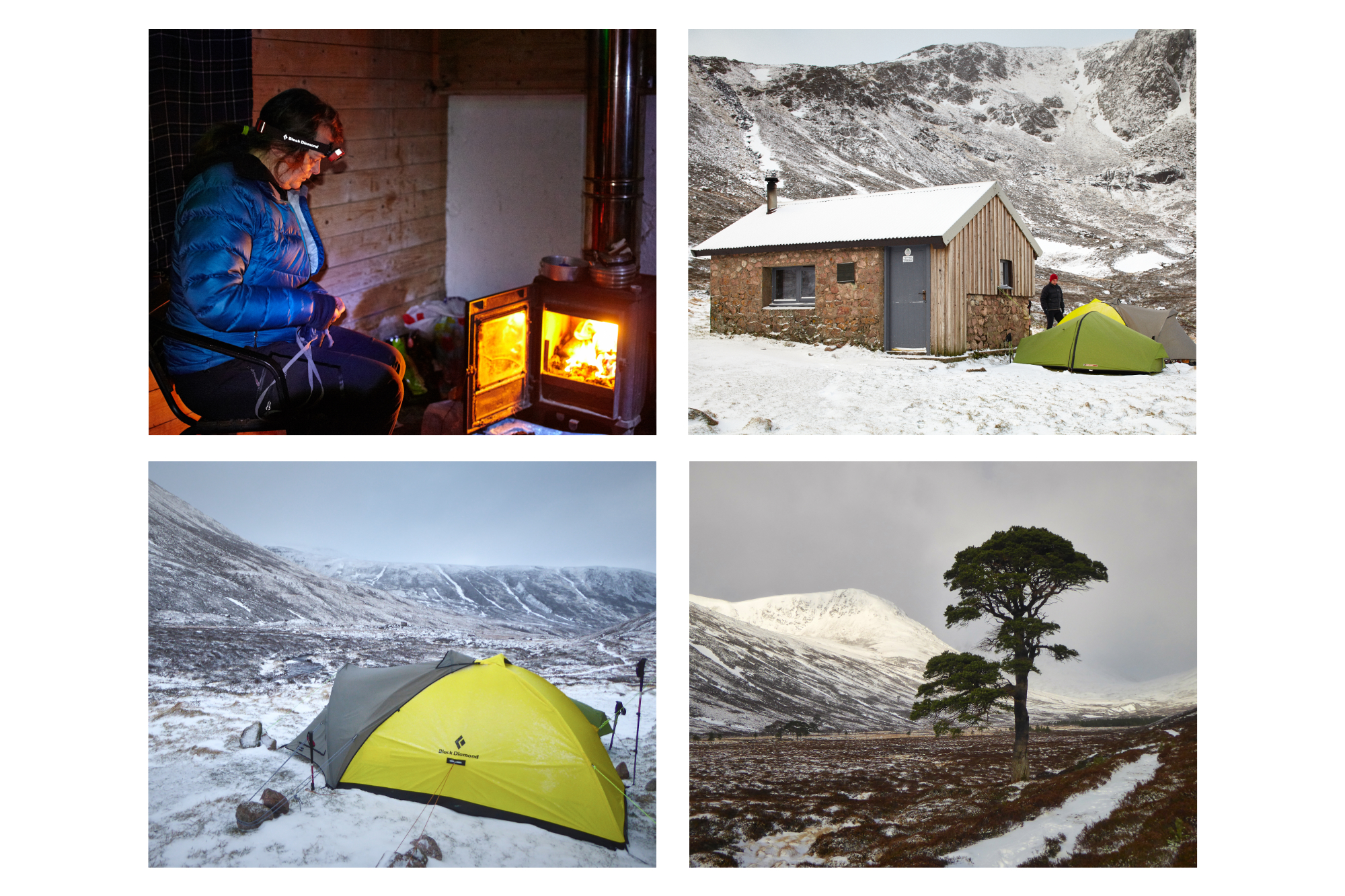The principle behind camera obscura has been known to people for more than two millennia. The effect consists of rays of light travelling through tiny aperture into darkened chamber following the laws of optics and then being projected on to opposite wall as an inverted image. What is outside of the chamber may be inside it. This phenomena still continues to produce wonders when seen with one’s own eyes. And so one day it appeared to me to try and examine this effect for myself.
Camera obscura, these two latin words can be translated as darkened chamber and practically it is what it says. The only condition for the effect to appear in such darkened room is to have a small hole through a wall or hole through temporary covers hung over windows. This darkened chamber with small aperture therefore acts like a giant camera and becomes “alive” with projected image from the outside.
The first man to describe this phenomenon was Chinese philosopher and founder of Mohism, Mozi (470-390 BCE) 墨子. He noted the image is displayed upside down and from left to right. Since then it had been many others like Aristotle, Euclid or Al-Kindi who noticed the effect and expanded on the study of this mystery. However, the first to really analyse the effects produced by camera obscura was Arab mathematician Hasan Ibn al-Haytham ابن الهيثم (1040-965), who had been using it as a device for observing partial solar eclipses. He published his findings in essay called On the shape of the eclipse. As a device, camera obscura was therefore developed as scientific instrument first. Several centuries later it was artist and inventor Leonardo da Vinci (1452-1519) who published in his major work Codex Atlanticus description of mechanics of camera obscura device. This rather scientific instrument had been slowly utilised by architects, draughtsmen and painters (notably by Rembrant, Vermeer, Canaletto or Guardi) as it proved to be very useful in creating detailed sketches of landscape and architecture as well as great help in capturing accurate linear perspective - a stylistic achievement that begun to appear in western art since the 15th century. Today there are countless examples built in as visitors attractions, be it Camera Obscura in Edinburgh, Camera Obscura in Photographer’s Gallery in London, Giant Camera in San Francisco or Cloud Chamber for Trees and Sky in Raleigh, North Carolina.
The influencing factor for making my single but significant image has been mainly the work of Cuban-American photographer Abelardo Morell (1948) whose ongoing photographic project Camera Obscura got me interested in the first place to try this technique for myself. It is de facto using “a camera within a camera”.
I started off by testing and creating first photographs in my home in London but as the view outside of my room was not as interesting I began to look for something different and more thought-provoking. The idea came to me after I visited my friend Monika who lives in Hampstead Garden Suburb, an area in London known for the early 20th century domestic architecture initiated by social reformer Henrietta Barnett. Her place proved to be ideal conceptually as the typical brick building is “mirrored” by another building opposite and both of them are of the same design with exactly the same features. The resulting photograph did not come easily but it depicts how the house looks in interior and exterior at the same time.
Example of camera obscura effect similar to situaion in photograph “Camera Obscura, Hampstead Garden Suburb, London” above.









